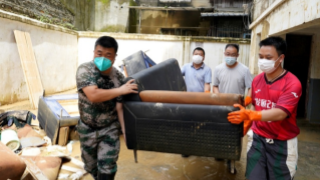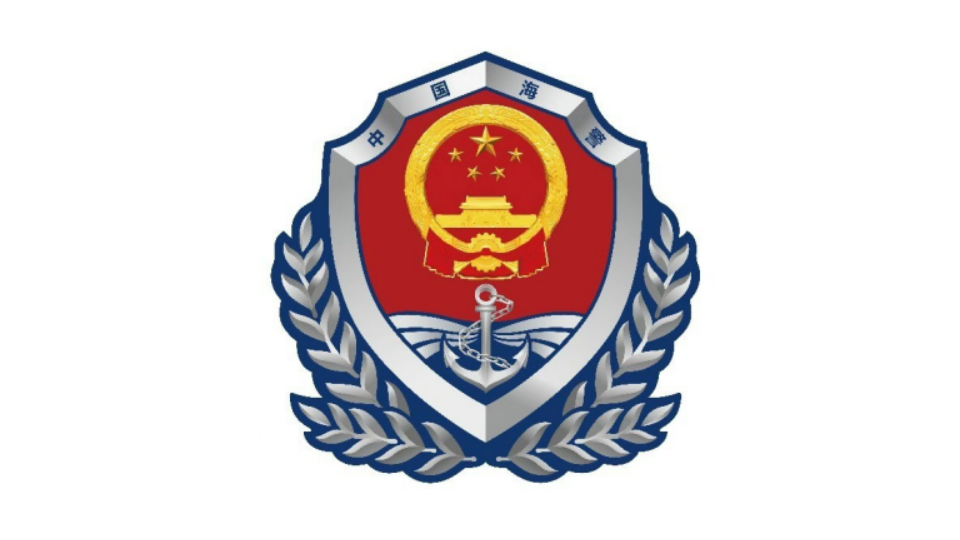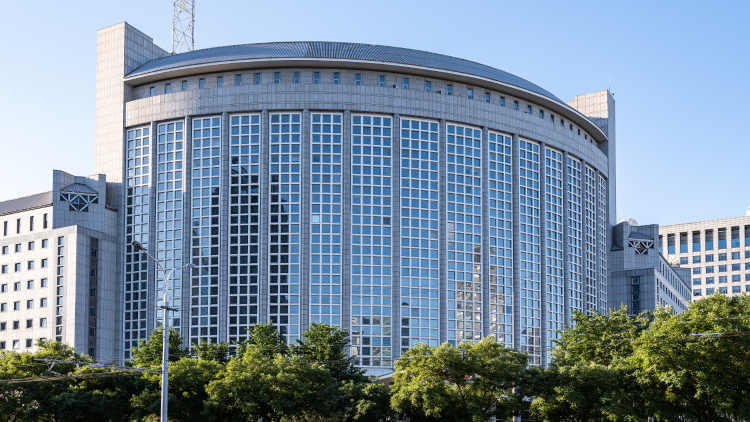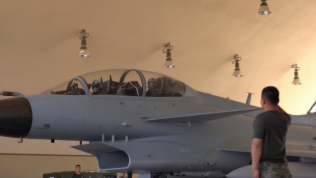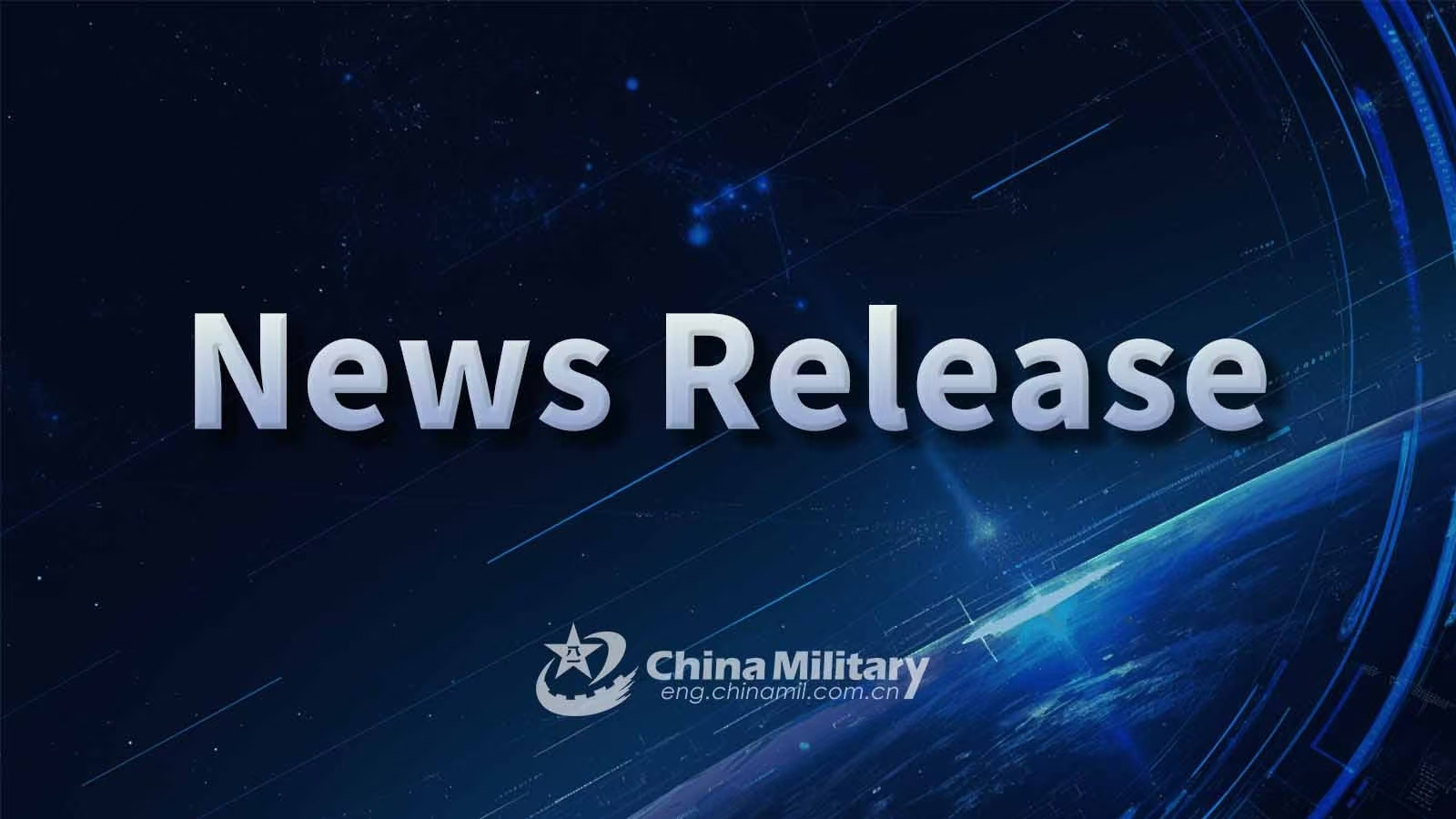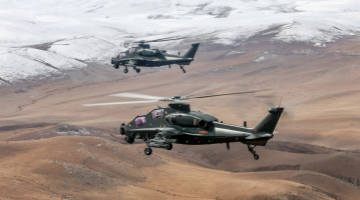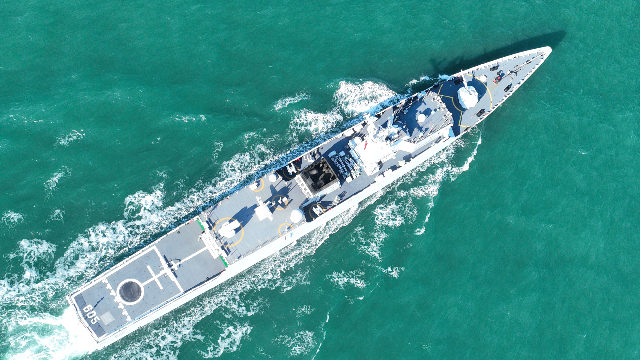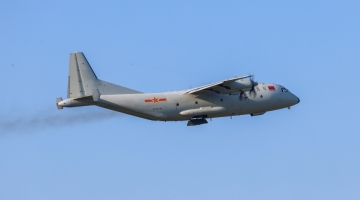The ROK and the US have continuously conducted joint military exercises since the beginning of this year, escalating tensions on the Korean Peninsula. In March, the two armed forces carried out the Freedom Shield joint military exercise. In May, they held a live-fire exercise named Combined Firepower Annihilation Training near the Military Demarcation Line (MDL). And again on August 21, the ROK and the US officially launched the Ulchi Freedom Shield joint military exercise.
According to reports from Yonhap News Agency, this year's Ulchi Freedom Shield joint military exercise aims to enhance the combined response capabilities of the ROK-US alliance and improve their ability to win an all-out war. In addition to the army, navy, air force, and marine corps, US space forces from home and their base in ROK will also participate in this exercise. Military observer Shao Yongling believes that there are three noteworthy changes in this year's joint exercise compared to previous ROK-US exercises.
First, previous ROK-US exercises relatively focused on specific aspects. However, the hypothetical scenario for Ulchi Freedom Shield this year involves a large-scale total war, which could potentially include the use of nuclear weapons. As a result, the envisioned scale of the exercise is larger than before.
Second, ROK's civil defense forces will participate in this exercise.
Third, the participation of the US's domestic space forces is unprecedented. This indicates that the US military's focus in this exercise is not only on the Korean Peninsula but also on practicing the involvement of their domestic space forces in overseas operations.
Shao further pointed out that the series of ROK-US military exercises held this year reflects the aggressive policy stance of the Yoon Suk-yeol administration. These exercises even send signals of preparedness for an all-out war to strengthen military deterrence against the Democratic People's Republic of Korea (DPRK). Since taking office, ROK President Yoon Suk-yeol has pursued a particularly hardline policy towards the DPRK, leading to a worsening security situation on the peninsula. Yoon's approach to securing safety involves closely aligning with the US. "Currently, the US and ROK are not interested in easing relations with the DPRK, and they only want to employ military means to address the current security situation on the Korean Peninsula," said Shao.
The series of military actions by the US and ROK have triggered strong reactions from the DPRK, which has continued to advance its development of hypersonic weaponry and has conducted two tests of intercontinental missiles since the beginning of this year. Shao noted that in a state of isolation, blockade, and pressure, the DPRK can only seek its own security through military strength development. "The heightened military pressure from the US and ROK might pressure the DPRK to further develop nuclear and missile capabilities. As a result, there will be a serious imbalance in the original strategic equilibrium of Northeast Asia and the confrontation will exacerbate."
As the peninsula remains in this state of confrontation, the US can securely tie Japan and ROK to its chariot and find reasons for involvement in Northeast Asia and the Asia-Pacific region. Shao pointed out that Yoon Suk-yeol administration's reliance on US military power to safeguard national security and counter the DPRK will only worsen the situation on the Korean Peninsula.
Editor's note: Originally published on military.cnr.cn, this article is translated from Chinese into English and edited by the China Military Online. The information and opinions in this article do not necessarily reflect the views of eng.chinamil.com.cn.

